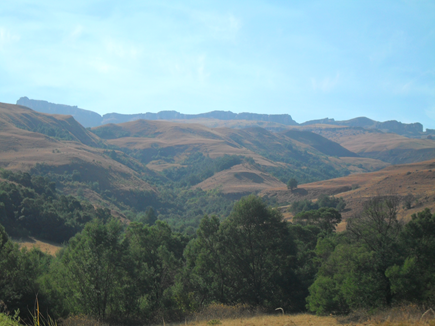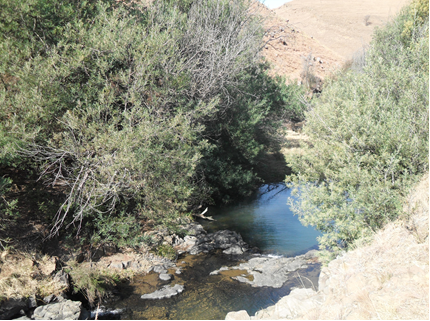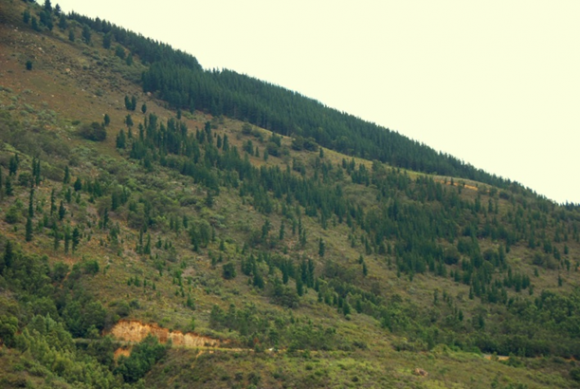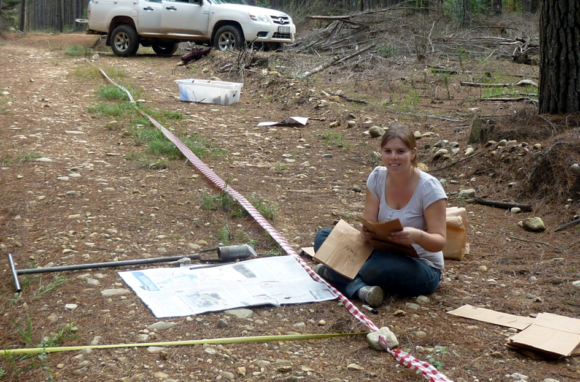22 March 2017 | By Heidi Hirsch
A recent paper led by C·I·B post-doctoral fellow Heidi Hirsch highlights how uncertainty about the taxonomy can impact inferences in invasion ecology, using the Australian silver wattle (Acacia dealbata) as a case study. The paper was co-authored by C·I·B core team members Jaco Le Roux and Dave Richardson and C·I·B post-doctoral fellow Laure Gallien.

Silver wattle, which is native to eastern and south-eastern parts of mainland Australia as well as Tasmania, is a problematic invasive species in South Africa. Within its native range, silver wattle is thought to have two subspecies which have different environmental niches and distinct morphological traits. Even though an extensive biological control program is underway to manage invasive silver wattle stands, it is unknown which subspecies are present in South Africa. Bridging this knowledge gap could help the selection of more efficient biological control agents and more accurate predictions of the potential distribution of the species in South Africa.

The study used a combination of species distribution models (SDMs) and phylogeographic approaches to address the taxonomic issue. Surprisingly, neither approach could differentiate the two subspecies of silver wattle in Australia. The SDM approach showed a potential niche shift in the non-native South African range, and DNA sequencing results suggested repeated introductions of different native sources of silver wattle into South Africa. These findings provide important information for ongoing biological control attempts and about the invasion history of silver wattle in South Africa.
Hirsch said “Our results do not support the taxonomic subdivision of silver wattle. Together with the identified patterns of multiple introduction events, we therefore suggest that biological control agents need to be obtained from across the native range of silver wattle. The potential niche shifts in silver wattle populations in their invasive range, however, adds another level of complexity to biological control approaches, and this calls for further work. More research is also needed to gain more clarity on the potential source regions of invasive populations.”
Read the paper in Biological Invasions
Please contact Heidi Hirsch at heidihirsch71@gmail.com for further information.




